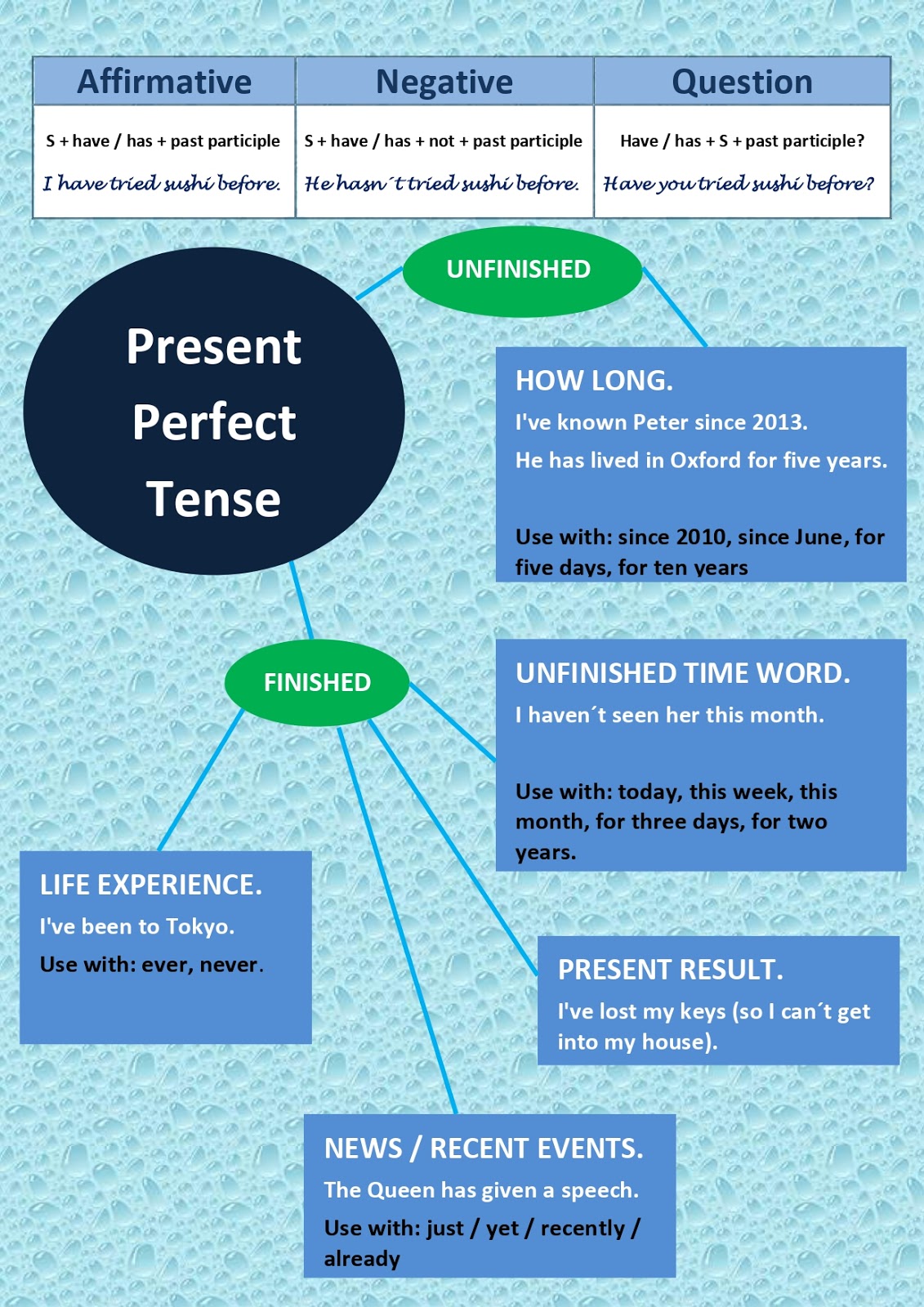
Learning Experiences Present Perfect Tense.
The future perfect tense is used to describe an action that will have been completed at some point in the future. For example: John will have baked a cake. They will have painted the fence. The future perfect tense is often used with a time expression (shown in bold) that identifies a point in the future. For example:
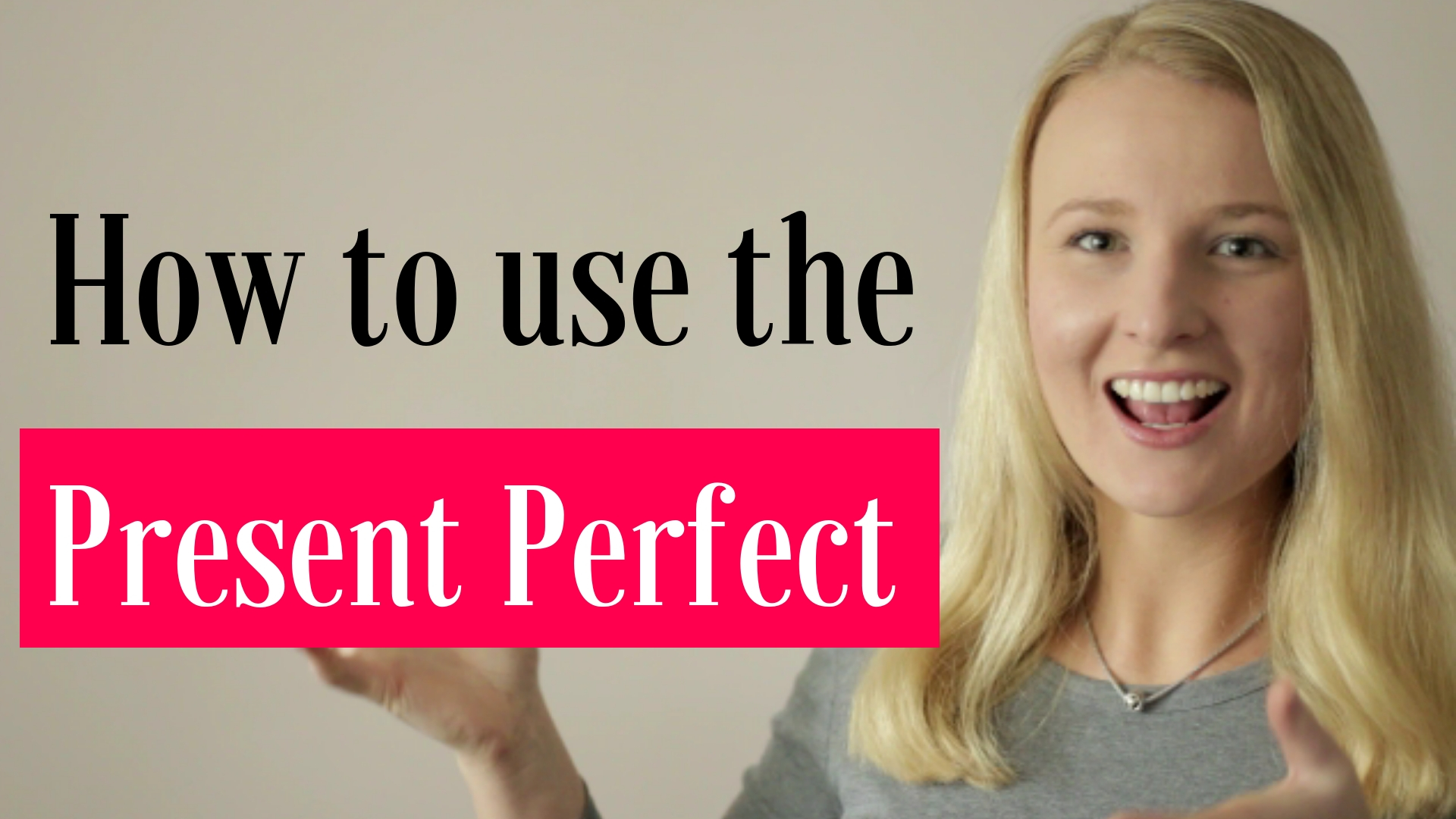
Present Perfect Tense (How do we use Present Perfect Tense?)
Present Perfect The Present Perfect is a form of the verb that shows the action or state was complete before the present. For example: Lisa has danced already. Click here for the full info, rules, examples and exercises on the present perfect and how to use it. Present Perfect Story 1

10 Sentences of Present Perfect, Past Perfect and Future Perfect Tense
The formula for the future perfect tense is pretty simple: will have + [past participle]. It doesn't matter if the subject of your sentence is singular or plural. The formula doesn't change. When to use the future perfect tense Sometimes, you can use the future perfect tense and the simple future tense interchangeably.

Perfect Continuous Tenses El Blog de Idiomas
Transcript Practice Today we're going to be talking about the difference between present perfect, past perfect, and future perfect verb tenses. Remember that verbs are words that describe an action, occurrence, or state of being. The tense of a verb refers to the time of the action or state of being.
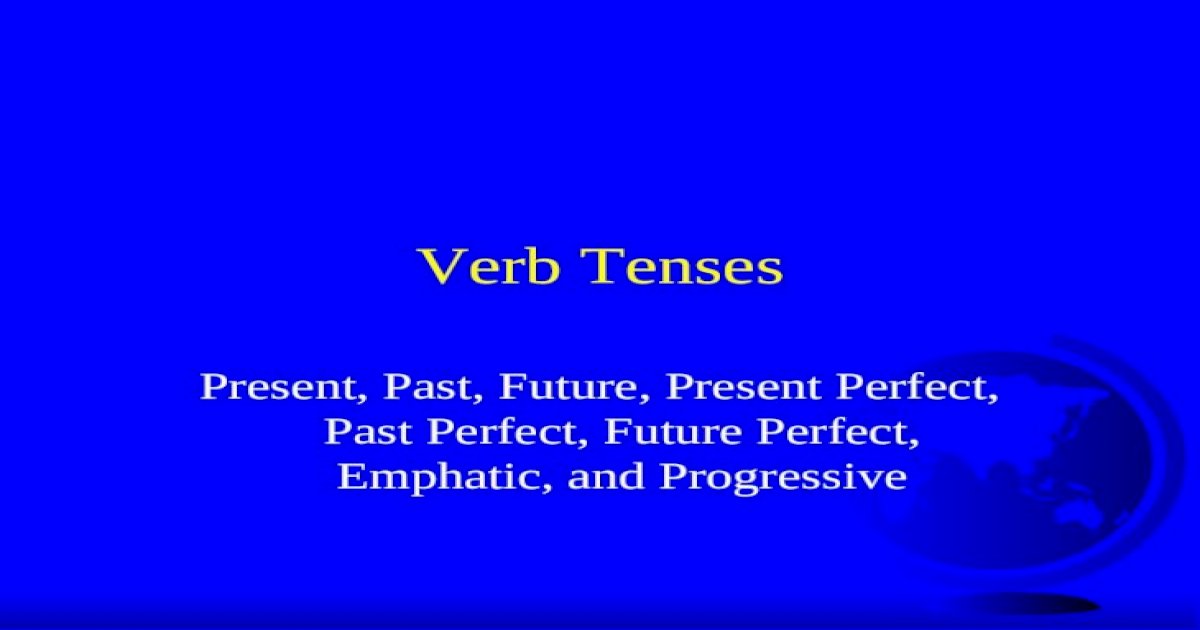
Verb Tenses Present, Past, Future, Present Perfect, Past Perfect
Verb Tenses: Quick Summary. Verb tenses indicate when an action (or state) happens—either in the past, present, or future. But they can also reveal important information about whether the action is ongoing or completed. There are 12 verb tenses in English, formed by combining the past, present, and future tenses with the simple, progressive, perfect, or perfect progressive aspects.
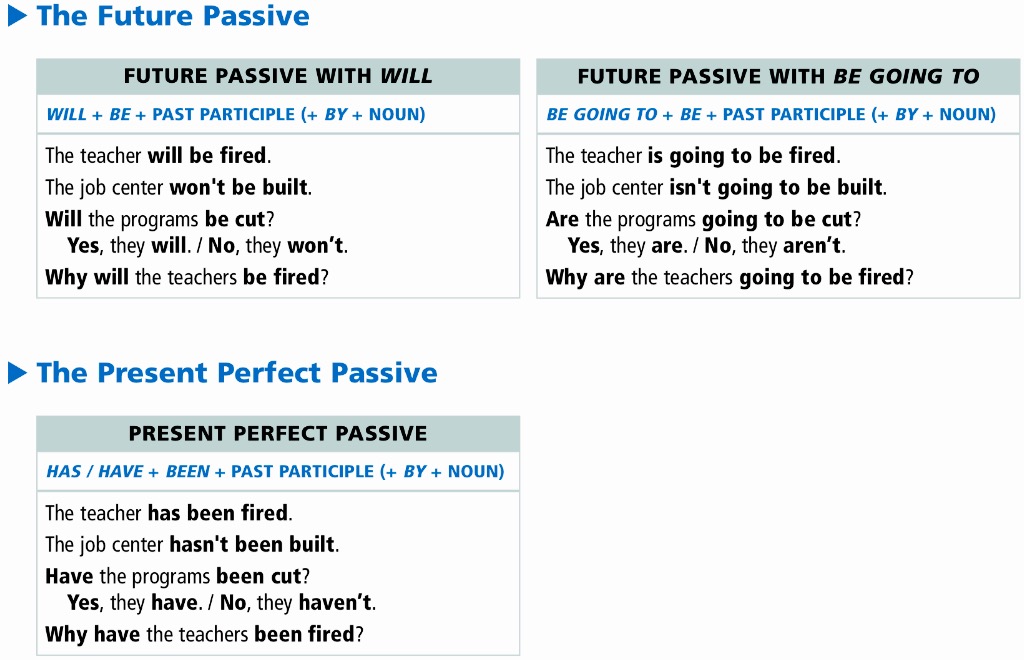
The Future, Present Perfect and Modal Passive Grammar Culture
Future Perfect games. EnglishClub : Learn English : Grammar : Verbs : Tense : Tenses : Future Perfect. We make the Future Perfect with the auxiliary verb HAVE. The structure is subject + HAVE + main verb past participle (V3). We use the Future Perfect to expresses an action in the future before another action in the future.

Future Perfect Art & Collectibles Figurines
Present perfect 1 Present perfect 2 for something that happened in the past but is important in the present: I can't get in the house. I've lost my keys. Teresa isn't at home. I think she has gone shopping. Present perfect 3 Present perfect 4 have been and have gone We use have/has been when someone has gone to a place and returned:

Future Perfect Tense Definition, Rules and Useful Examples • 7ESL
present perfect | past perfect | future perfect Learn and compare the perfect tenses in English! Once you see how similar these tenses are, you can understan.
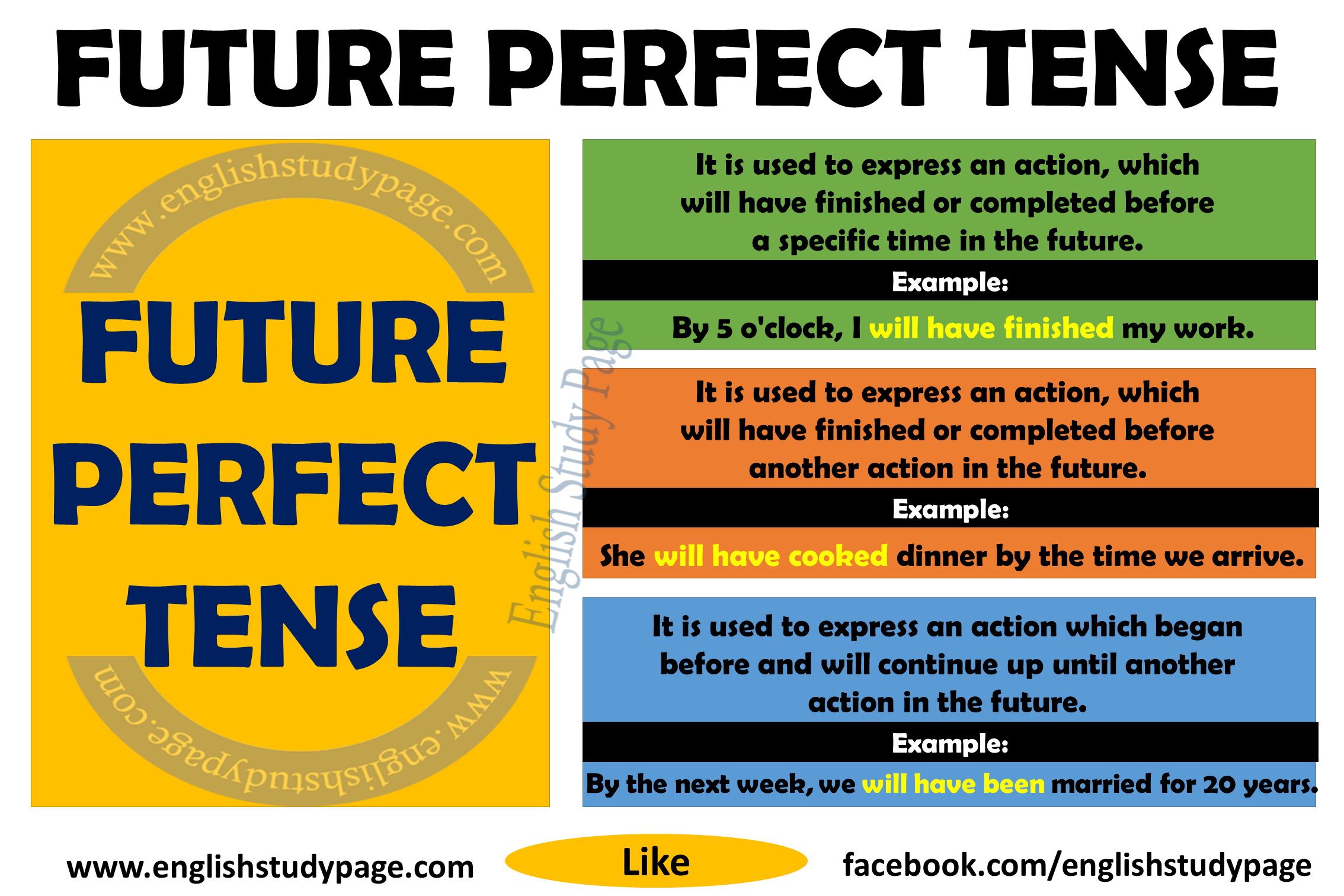
Future Perfect
The future perfect expresses the idea that something will occur before another action in the future. It can also show that something will happen before a specific time in the future. Examples: By next November, I will have received my promotion. By the time he gets home, she is going to have cleaned the entire house.
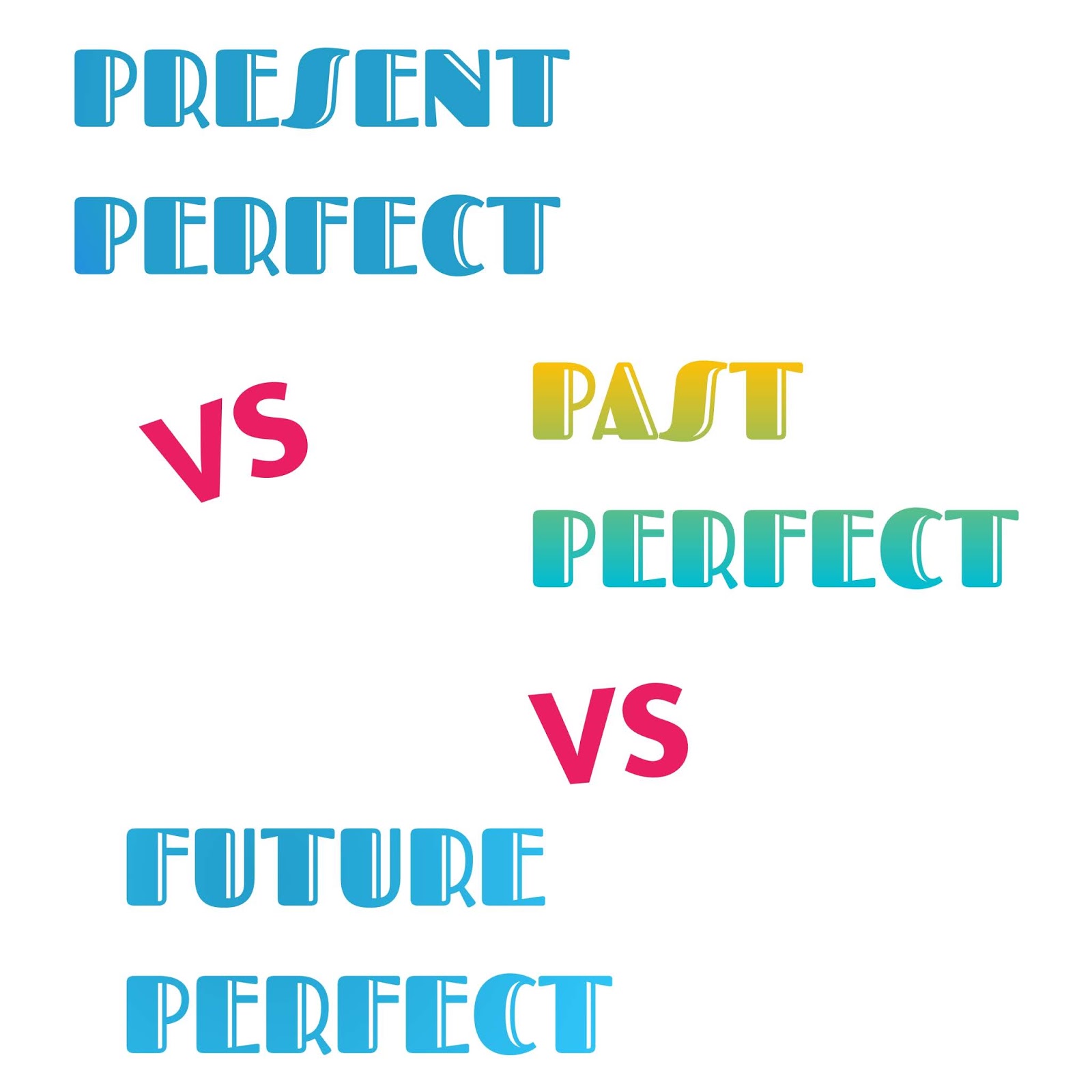
Perbedaan Present Perfect, Past Perfect dan Future Perfect Dunia
The future perfect is made with the future simple of 'have' (will have) and the past participle. For regular past participles add 'ed' to the verb ('play' becomes 'played'). Click here to learn about irregular past participles. Here's the positive : By six pm tonight: I will have finished this book You will have studied the English tenses

Present Simple, Present Continuous, Present Perfect, Past Simple
In other words, no action ever goes unattended or not represented. All actions are represented by at least one - in many cases more than one - of the 12 tenses in English. Just as we have progressive tenses to talk about things that are going on, we have perfect tenses to express actions that are completed. What Is a Perfect Tense?

Future Perfect Tense Examples Sentences slideshare
Matt Ellis Updated on May 10, 2023 Verb tenses are changes or additions to verbs to show when the action took place: in the past, present, or future. The phrase verb tense is also used for grammatical aspects, which add more details about the duration or time an action takes.
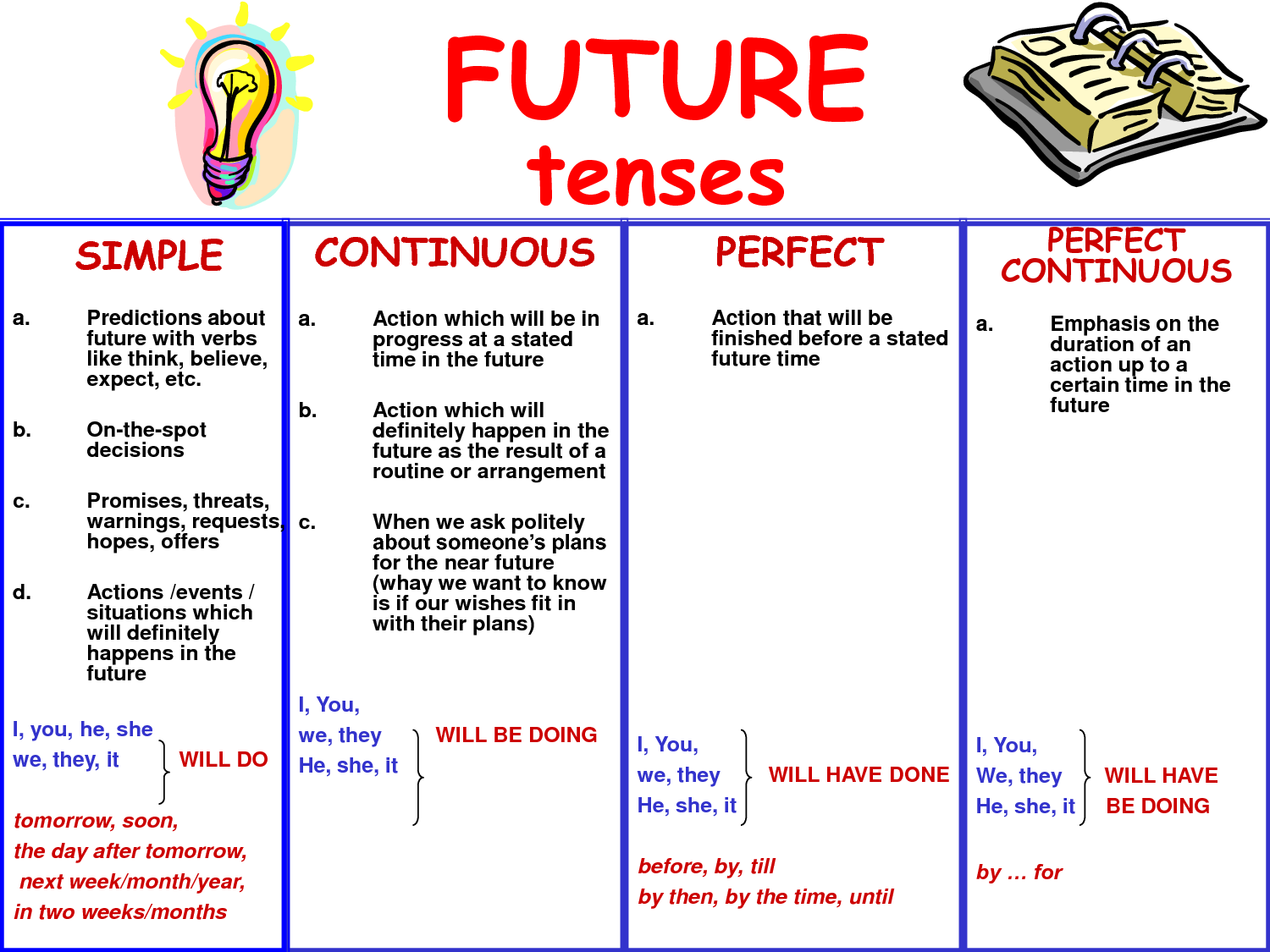
Các thì tương lai trong Tiếng Anh Paris English Tài Liệu Tiếng Anh
The present perfect tense is a verb form used to refer to a past action or situation that has a present consequence. It's typically used to indicate experience up to the present, recent actions, or a change that occurred over a period of time.
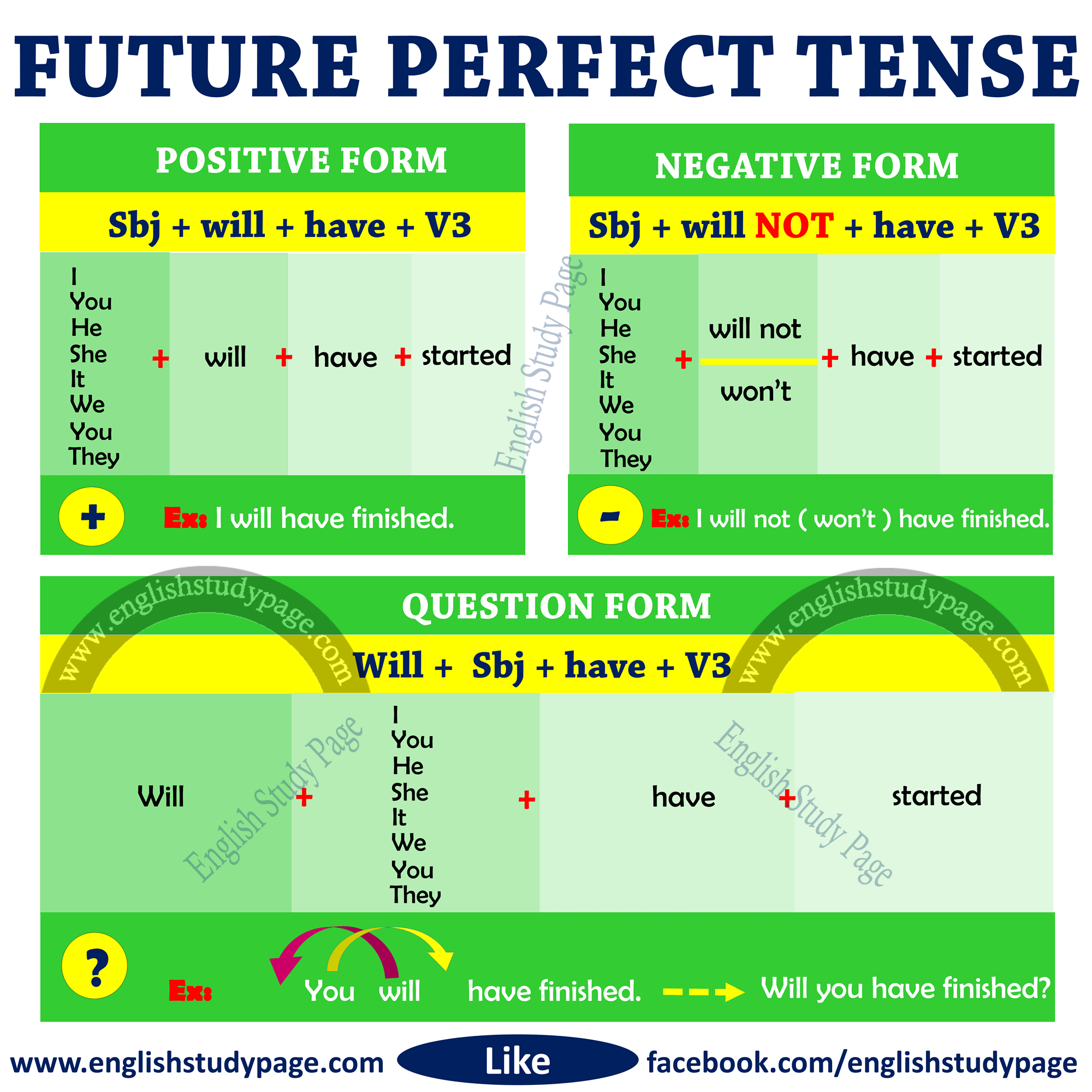
Future Perfect
1. Simple Past: "Betty taught for ten years." This means that Betty taught in the past; she is no longer teaching. 2. Present Perfect: "Betty has taught for ten years." This means that Betty taught for ten years, and she still teaches today.
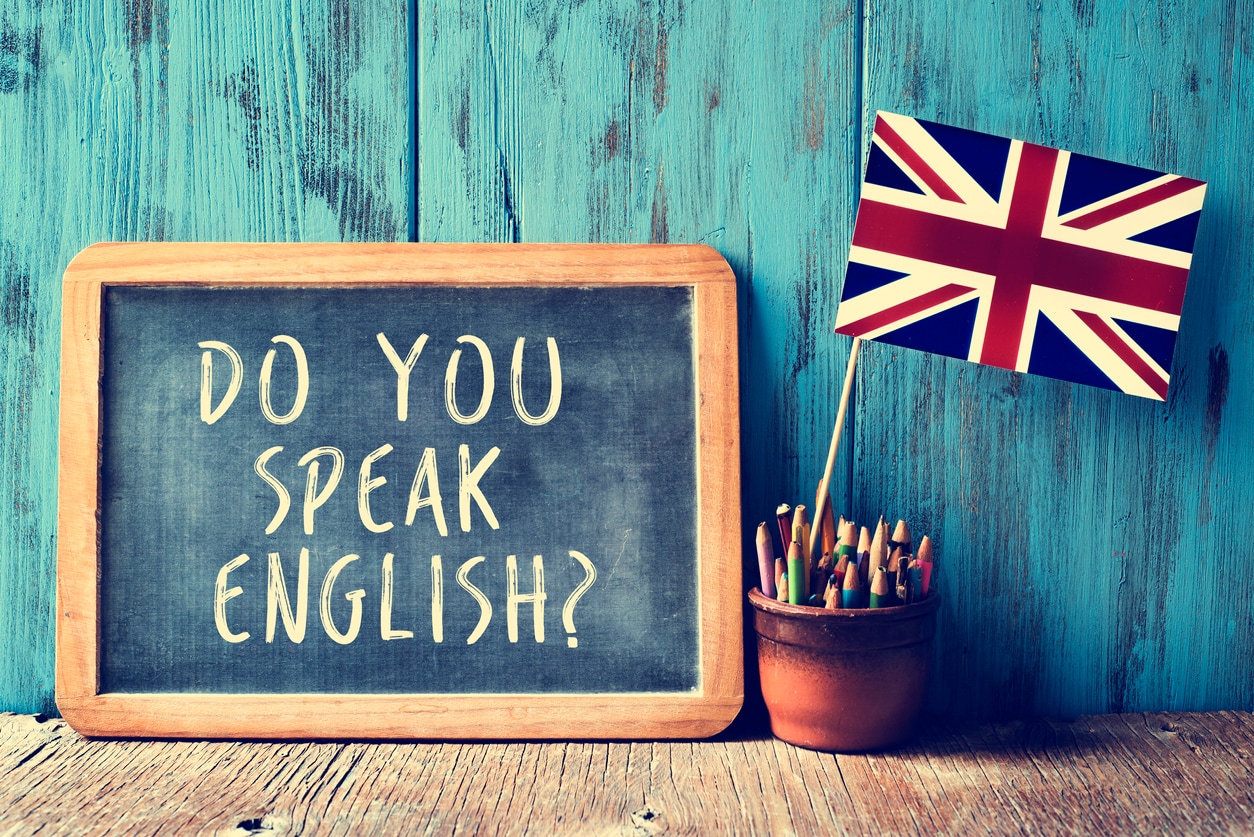
Present Perfect Studenti.it
The present perfect tense is one of the common verb tenses in English, used to show an action that happened in the past that is directly related to the present, such as actions that are still continuing or that indicate a change over time. We cover a complete list of when to use the present perfect tense below.
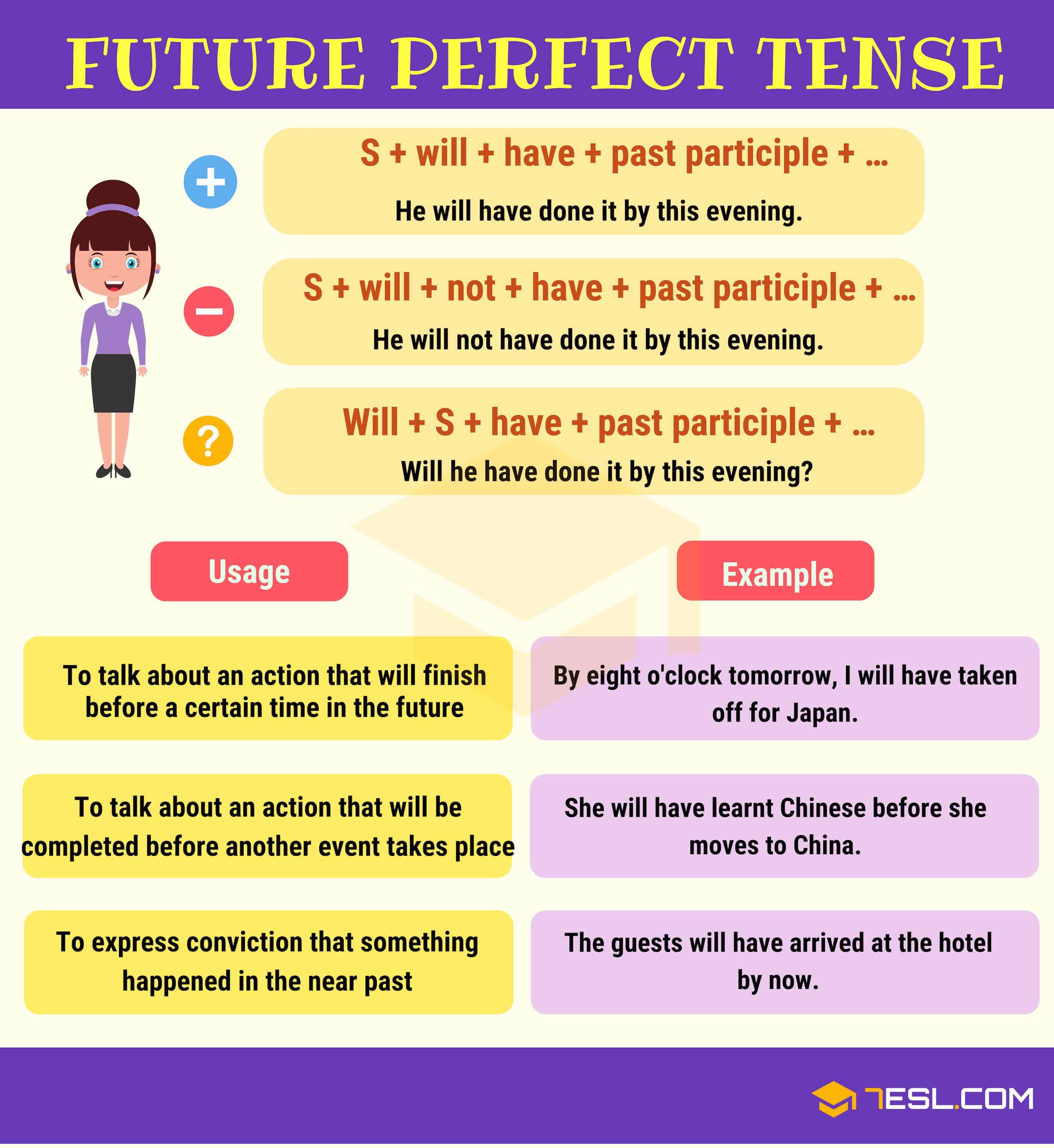
Future Perfect Tense Definition, Rules and Useful Examples Efortless
The worksheets you will find in these sections include explanations and examples of the three aspects (simple, progressive, and perfect) of the past, present, and future English tenses. On our verb tenses worksheets, practice involves filling in the blanks and rewriting sentences in the specified aspect and tense.